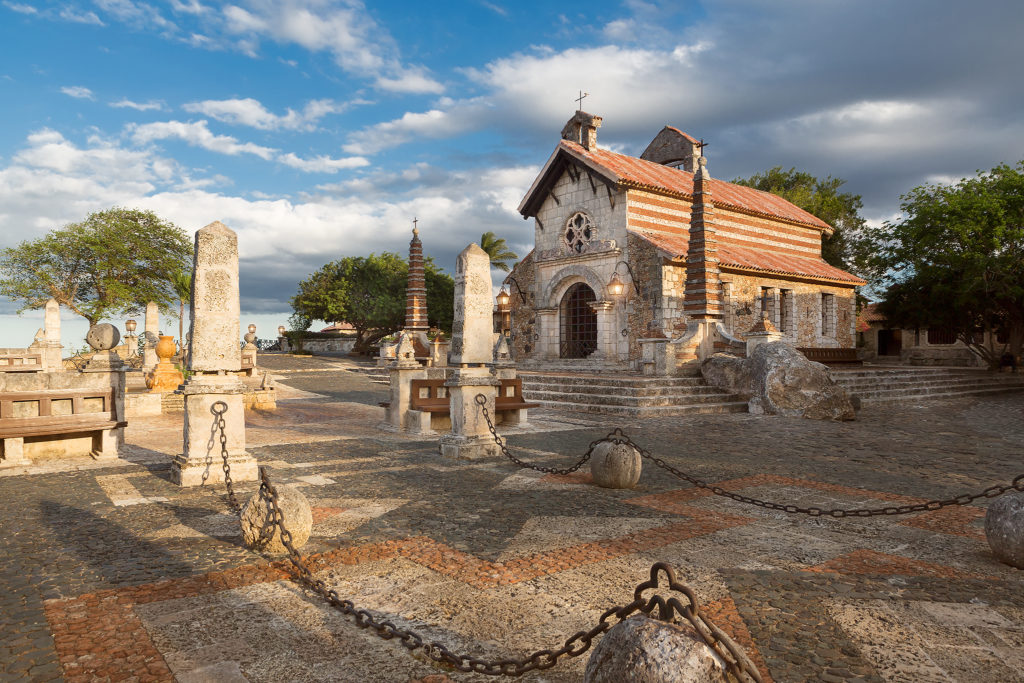Doing Historical sites in the Casa de Campo area the Right Way
The historical sites in the Casa de Campo area maybe contrary to what many people think of the Caribbean solely as a beautiful destination for a tropical holiday.
Many others know that beyond its beauty, it is also an area rich in history and culture.
For travelers with an appreciation of the past, Casa de Campo, located in the La Romana province of the Dominican Republic, offers numerous opportunities to explore the island’s history.
First City in the New World
While the sprawling Casa de Campo resort is a relatively new development, it is located in area with a long and fascinating history.
Just a short drive away from your villa is Santo Domingo, the oldest city in the New World, a city so flush with history that it is practically a living museum.
A city that combines both European and Caribbean elements, Santo Domino’s heart is the Zona Colonial, home to fine examples of colonial architecture and one of the oldest churches in the New World.
The city’s grid pattern—which became a model for many later cities—makes Santo Domingo an easily walkable city, assuming, of course, that you can tear yourself away from your private villa at Casa de Campo.


Try Your Hand at Cigar-Rolling
Tobacco and cigar-making has long been an essential part of life in the Caribbean. At the La Flor Dominicana Factory, guests at Casa de Campo can get an up-close view of artisans as they use traditional cigar-making methods.
Guests who really want to get the most from the experience can even roll their own cigars.
A popular excursion for many visitors to Casa de Campo is Altos de Chavón, a replica of a 15th century Mediterranean village.
Although it was constructed in the 1970s-80s, there is such attention to detail that it’s easy to forget you’re not actually in the remains of an Old World village.
The village is home to a number of crafts shops and restaurants, as well as the Altos de Chavón Archaeological Museum, another must-see for visitors with an interest in the past.
Though not a large facility, the museum hosts a number of high-quality exhibits detailing the island’s indigenous culture.